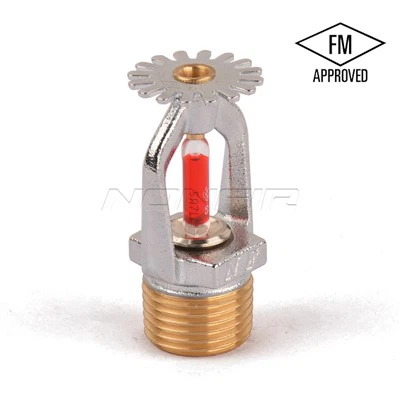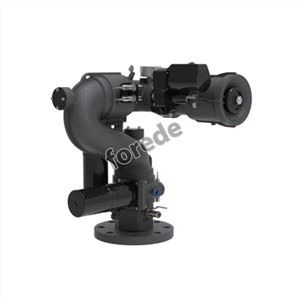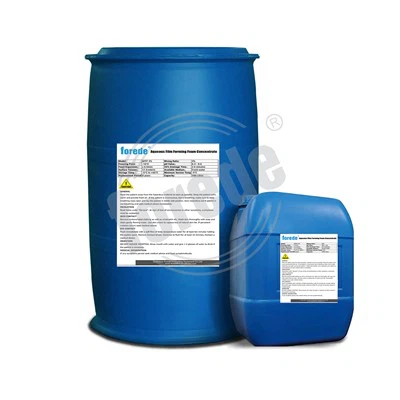How to ensure the water source of portable fire monitors?
Portable fire monitors are a valuable asset in fighting fires. One of the essential aspects of using these monitors effectively is ensuring a reliable source of water. Here are some tips to ensure your portable fire monitor has a steady and safe water source.
1. Identify potential water sources: Before setting up your portable fire monitor, you must find a reliable water source. Some common sources could be a hydrant, pond, lake, river, or swimming pool. Ensure that the water source you choose is adequate and safe for use.
2. Test the water source quality: The water source you choose must be free of contaminants that can damage the monitor. It is essential to check the quality of the water source regularly. Testing the water source for bacteria, chemicals, and other harmful substances will ensure that the water used for firefighting is safe.
3. Use a strainer: When drawing water from a natural water source, debris like leaves, sticks, or sand can enter the piping system and cause clogging. To avoid this, use a strainer at the end of the suction hose to filter out debris. This will prevent clogging and keep your portable fire monitor working correctly.
4. Install backflow preventers: Backflow prevention is critical to preventing contamination of the water source. Use a backflow prevention device when drawing water from a hydrant or other water source that is not specifically designed for firefighting.
5. Ensure proper positioning: Your portable fire monitor must be placed at the right height and angle to draw water effectively from the water source. Position the monitor to maximize the water's flow rate and pressure, which will help extinguish fires more quickly.
6. Use appropriate hoses and pipes: The hoses and pipes you use should be adequate and appropriate for the type of water source you are using. It is essential to ensure that the piping system is compatible with the water source to avoid blockages or other issues.
In conclusion, a reliable and safe water source is critical when using a portable fire monitor. Identifying suitable water sources, testing water quality, using a strainer, installing backflow preventers, positioning the monitor correctly, and using appropriate hoses and pipes will ensure that your portable fire monitor operates reliably. By following these tips, you can help ensure the success of firefighting operations and prevent damage to property and lives.
For more details, please contact me: sales4@forede.com(Wendy)
Whatsapp/Wechat/Zalo:+86 18750638978




















